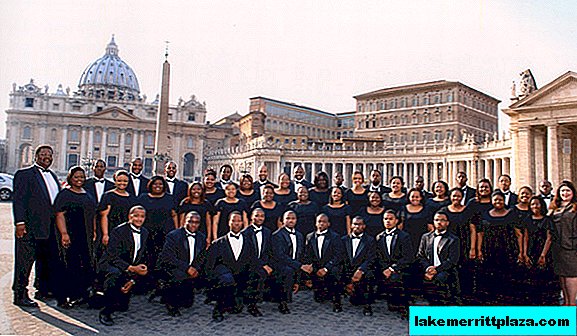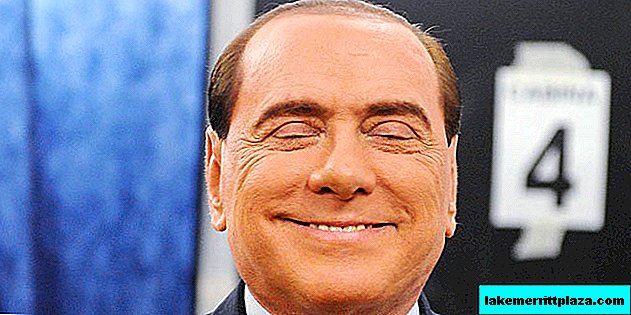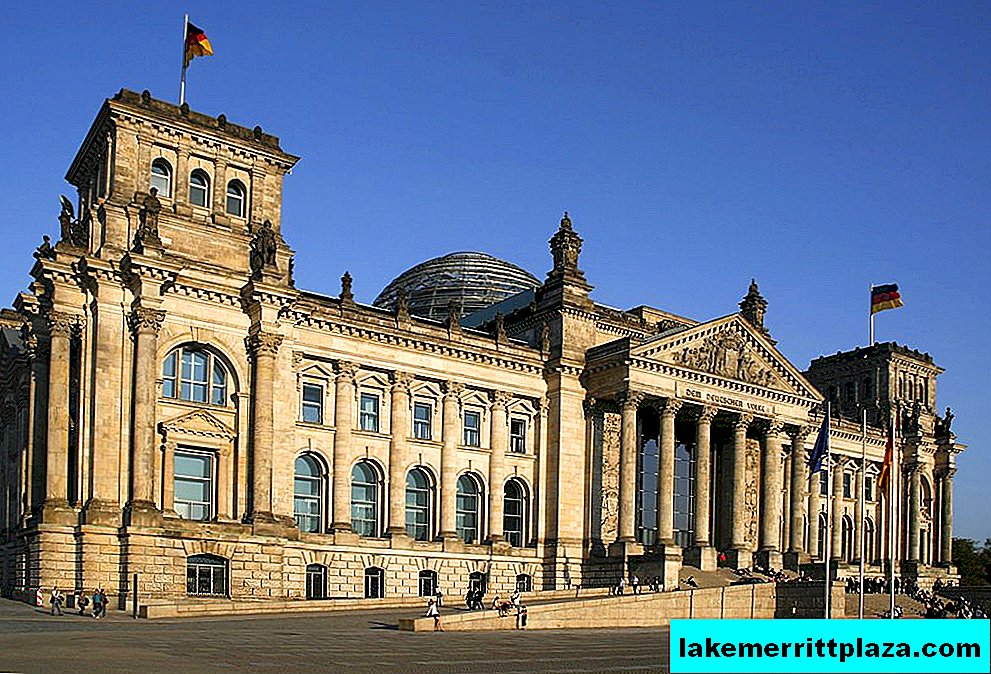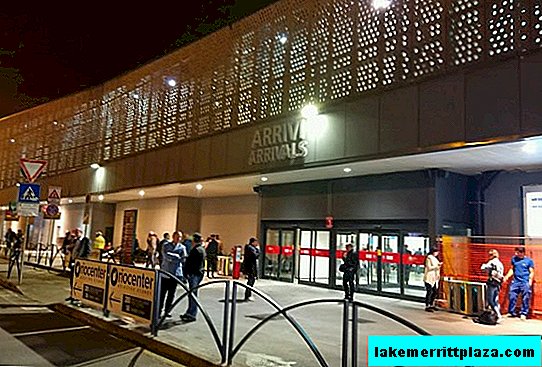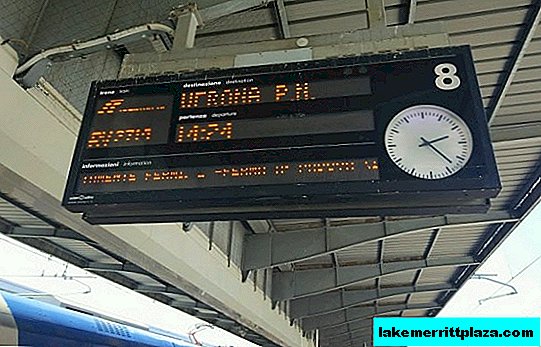Victory Column is the Triumphal Column in honor of the unification wars of Germany. Its base is decorated with bas-reliefs of battles, and at the top there is a gilded statue of the goddess of victory Victoria. It is possible to climb to the observation deck and look at Berlin from a 50-meter height.
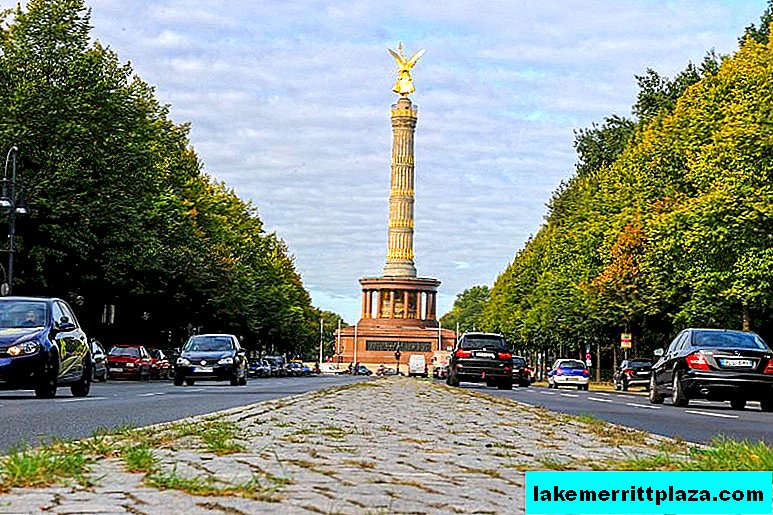
Victory Column (Siegessäule), photo by juergenberlin
Victory Column or Triumphal Column (Siegessäule) - a famous historical monument, a symbol of Berlin. The column is located in the center of the Großer Tiergarten park, on the Big Star Square (Großer Stern).
Victory Column - a national monument to the unification wars of Germany
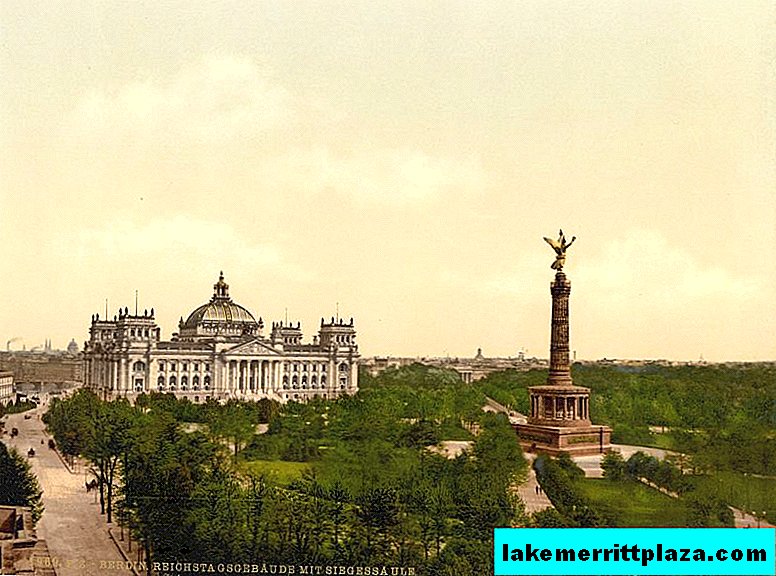
Victory Column on Königsplatz Square, 1900
The Victory Column was built by decree of William I in honor of the victories of Prussia in the war with Denmark in 1864, with Austria in 1866 and with France in 1870-1871. The battle scenes of these wars are depicted on the monument. Upstairs is a sculpture of Victoria, the goddess of victory, which Berliners call the Golden Elsa.
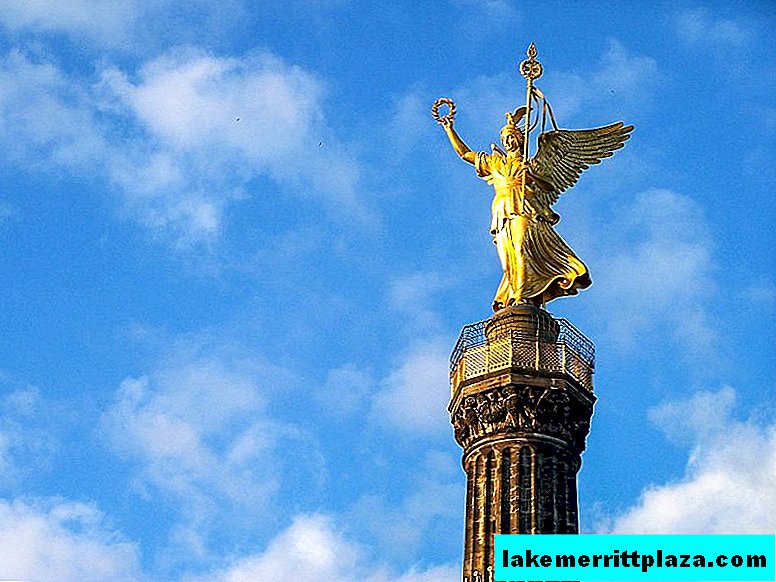
Sculpture of Victory Goddess Victoria (Golden Elsa), photo M-Kuhn
The triumphal column was laid in 1864, and opened on September 2, 1873 on the Königsplatz square near the Reichstag. By this time, the combined wars had ended, and the column received a new status, which resulted in a sculpture of Golden Elsa. In 1938-1939, at the direction of Hitler, the Victory Column was moved to the Big Star Square and increased its height by one segment (7.5 m) in honor of the accession of Austria to Germany.
Construction and Finish
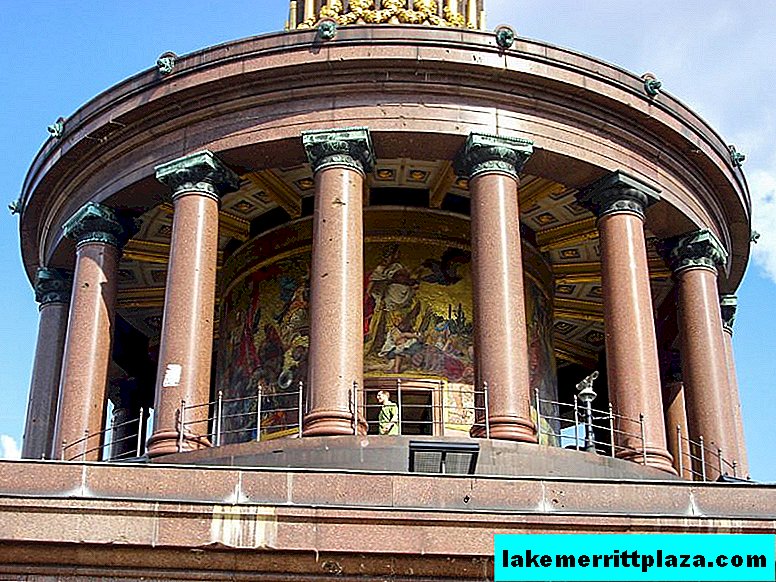
Granite column pedestal, photo by Patrick
The column is mounted on a granite pedestal and made of 4 blocks of sandstone. The 3rd block is decorated with gilded captured weapons captured in past wars, and the 4th with a gilded garland. On the pedestal there is a round colonnade with a glass wall mosaic, and the pedestal is decorated with 4 bronze reliefs depicting scenes from the unification wars of Germany and the triumphant return of troops to Berlin.
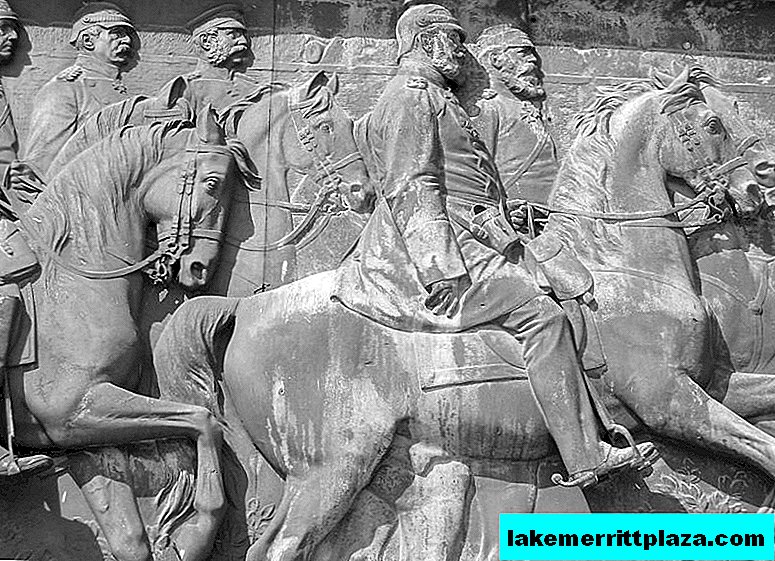
Relief depicting a battle scene, photo by jfockenberg
After the end of World War II, France demanded to remove reliefs from the column, recalling the previous victories of Germany. After restoration in 1987 (to the 750th anniversary of Berlin), all 4 reliefs returned to their place.
Observation deck
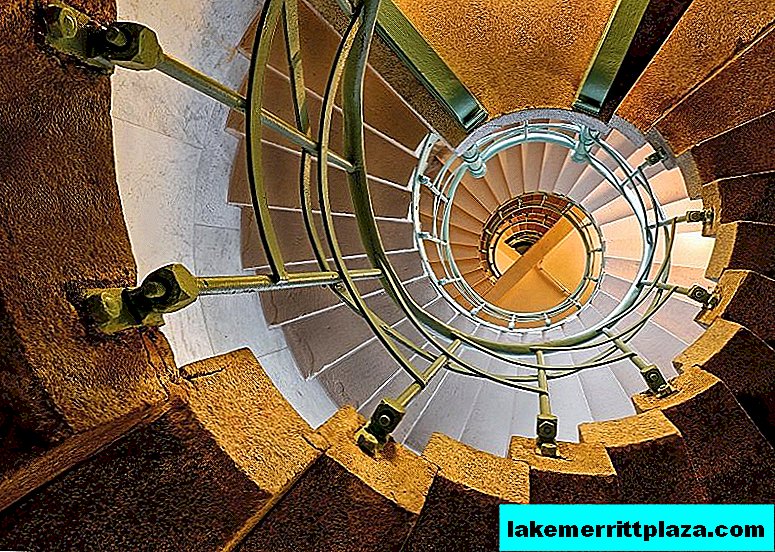
Stairs upstairs, photo by Futzliputzli
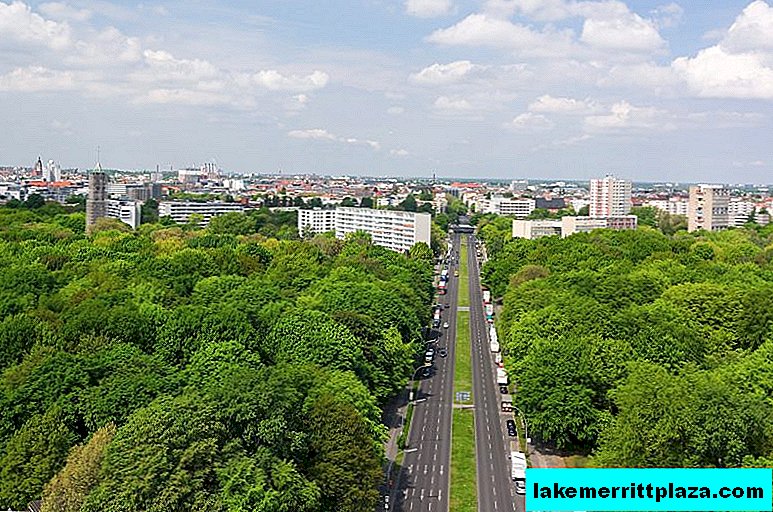
View from the observation deck, photo by Patrick McGrath
The total height of the column is 66.89 m. There is an observation deck at the top, so everyone can climb the 285 steps of the spiral staircase to a height of 50.66 m and view Berlin from above.
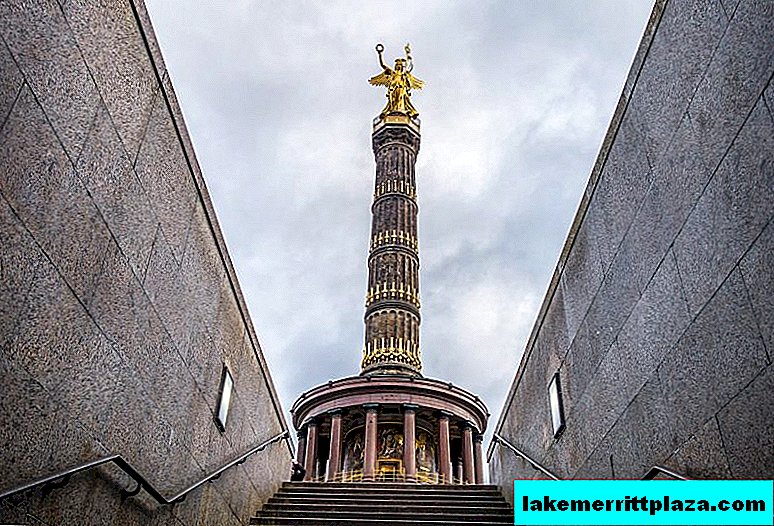
Exit to the Victory Column, photo by Alex-Berlin
You can approach the Victory Column through the underground pedestrian crossings.
Observation Deck Hours
From April to October: Mon-Fri 09:30 - 18:30, Sat and Sun 09:30 - 19:00;
from November to March: Mon-Fri 09:30 - 17:30, Sat and Sun 09:30 - 17:30;
closed December 24th.
Ticket prices
Full - € 3;
preferential - € 2.50.
How to get there
Take U9 metro to Hansaplatz Station or take bus 100, 106, 187 to the Großer Stern stop.


